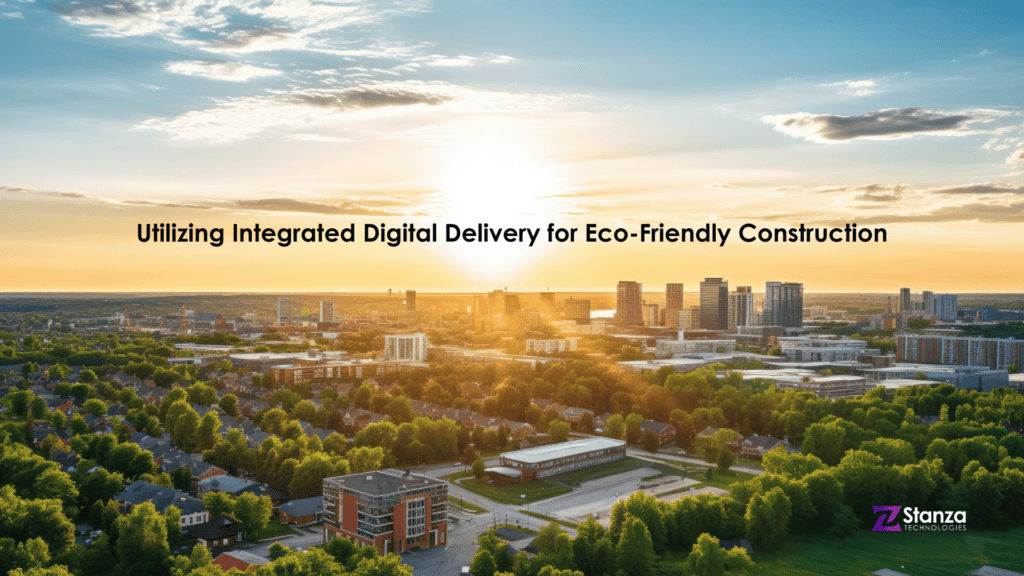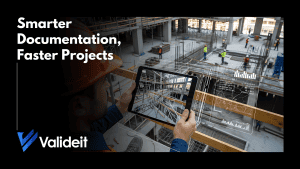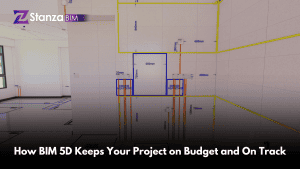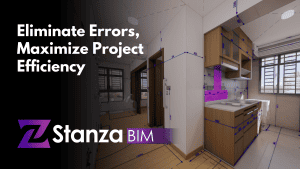In recent years, the concept of sustainable urban development has gained significant traction worldwide, with cities like Singapore leading the charge towards eco-friendly infrastructure and construction practices. At the forefront of this movement is the utilization of Integrated Digital Delivery (IDD) methods, which encompass a range of digital technologies and processes aimed at optimizing construction projects while minimizing their environmental impact.
Singapore, often hailed as a pioneer in urban planning and sustainability, has embraced IDD as a cornerstone of its approach to sustainable development. With limited land resources and a rapidly growing population, the city-state faces unique challenges in balancing urbanization with environmental conservation. By leveraging IDD, Singapore aims to achieve its ambitious goals of creating livable, green, and resilient urban environments for its residents.
IDD Involves integrating various digital technologies, such as Building Information Modeling (BIM), Geographic Information Systems (GIS), drones, and advanced analytics, throughout a construction project’s lifecycle.
One key benefit of IDD is its ability to enhance the efficiency of construction processes while reducing their environmental footprint. Through advanced simulations and analysis tools, designers and engineers can optimize building designs for energy efficiency, natural ventilation, and daylight harvesting, thereby reducing energy consumption and carbon emissions over the building’s lifespan.
In SIngapore, IDD has been instrumental in developing several iconic eco-friendly projects. For example, the Marina Bay Sands integrated resort complex extensively utilized BIM during its construction phase to optimize building performance and minimize environmental impact. Similarly, the Jewel Changi Airport, renowned for its innovative design and lush indoor gardens, benefited from IDD tools to create a sustainable and immersive environment for travelers.
Furthermore, IDD plays a crucial role in enhancing urban infrastructure’s resilience to climate change-related risks. Through advanced modeling and simulation, engineers can assess potential hazards such as flooding, heat stress, and sea-level rise, allowing for the design of more resilient buildings and infrastructure systems.
Beyond individual projects, Singapore is also leveraging IDD to optimize urban planning and management on a city-wide scale. By integrating BIM and GIS data, city planners can visualize and analyze complex urban systems, enabling more informed decision-making regarding land use, transportation, and environmental conservation.
The employment of Integrated Digital Delivery is revolutionizing sustainable urban development in Singapore and beyond. By harnessing the power of digital technologies, stakeholders can create eco-friendly and resilient cities that meet the needs of present and future generations while safeguarding the planet’s precious resources. As IDD continues to evolve, its potential to drive positive change in urban environments worldwide is boundless.










